The Longest Day
Blogs
06.21.2018
Shows are selling out for the 2025 Midwinter Revels - 10 performances left!
Buy TicketsBlogs
06.21.2018
Today is the summer solstice, the longest day, the other end of the year from the winter solstice that Revels celebrates every year in Sanders Theatre. “Solstice” refers to the ancient concept of the sun standing still in the period between waxing and waning. In fact we know now that nothing ever really stands still. Over long periods of time (very long periods) the days have been getting steadily longer. About 4.5 billion years ago, it took the Earth just six hours to complete one rotation. About 350 million years ago, it took 23 hours. And today we take for granted that a day is 24 hours. The reason that the earth’s rotation is slowing is due to tidal friction. The moon’s gravity is working on the oceans like a brake, gently advising the earth to slow down. Not bad advice for a hot summer’s day!
The standing stones at Stonehenge in England were erected 5000 years ago at great expense of time, effort and human resources and for some unknown reason. What we do know is that the structure accurately marks solstices and equinoxes. During the summer solstice, the sun rises just over the structure’s Heel Stone and hits the Altar Stone dead center.
Here is a graphic imagining what a summer solstice sunrise might have looked like when Stonehenge was fully intact:
And here it is today:

Read More

Read More

Read More

Read More

Read More

Read More

Read More

Read More

Read More

Read More
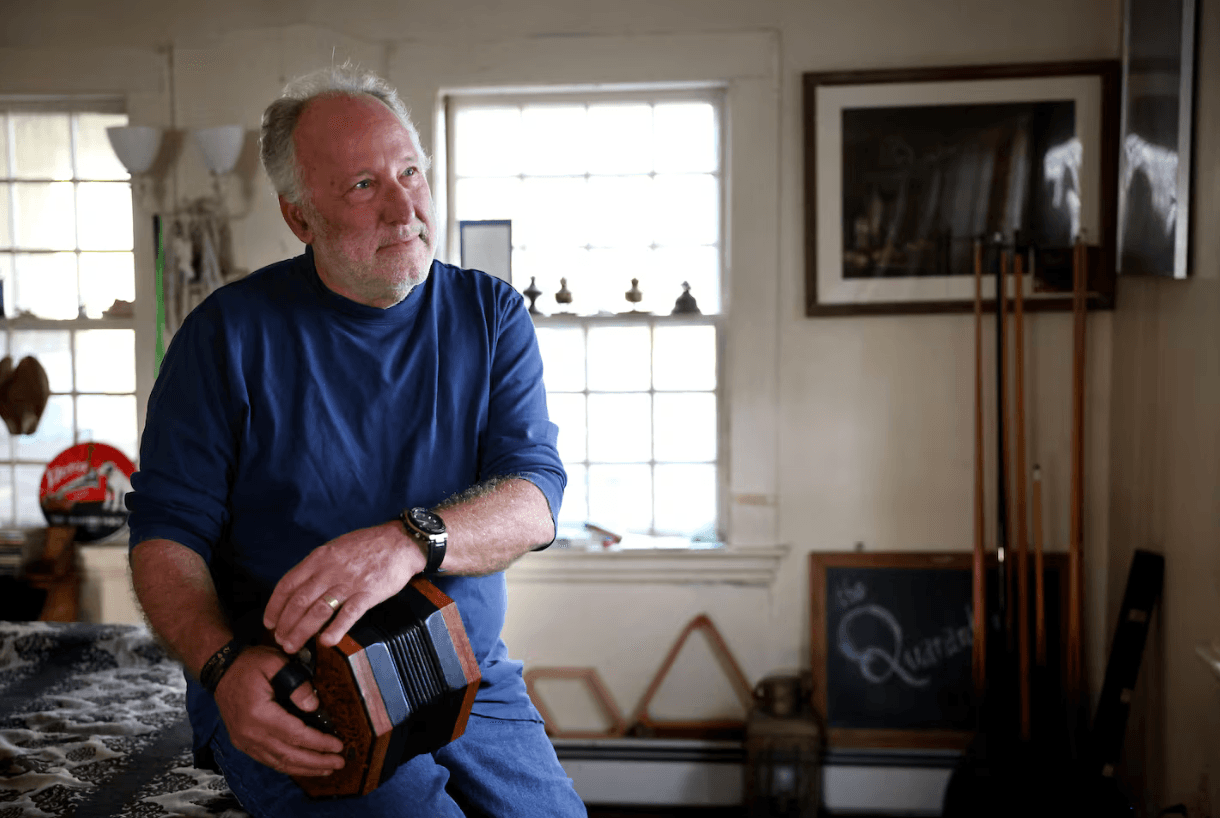
Read More

Read More

Read More

Read More

Read More

Read More

Read More

Read More

Read More

Read More
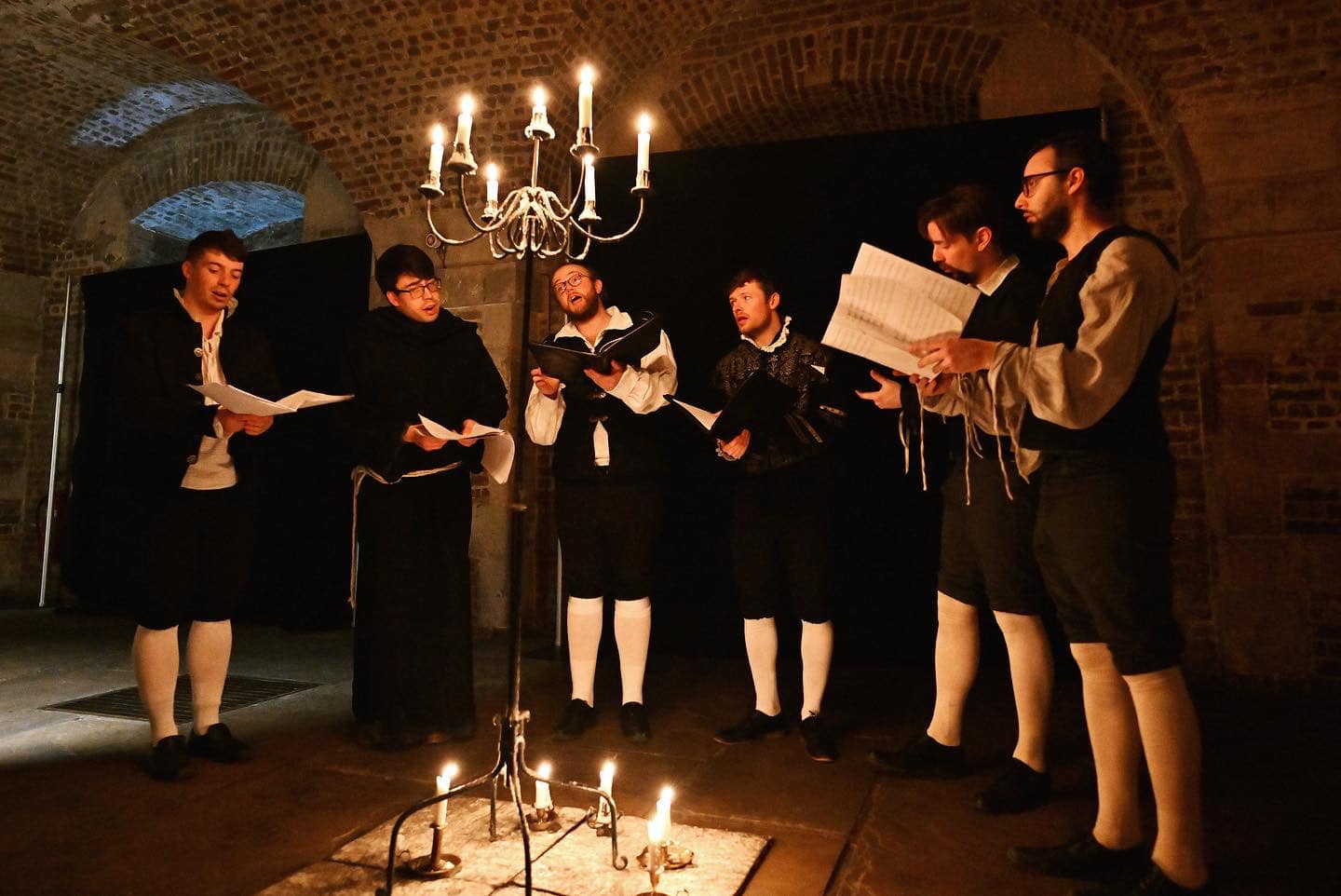
Read More
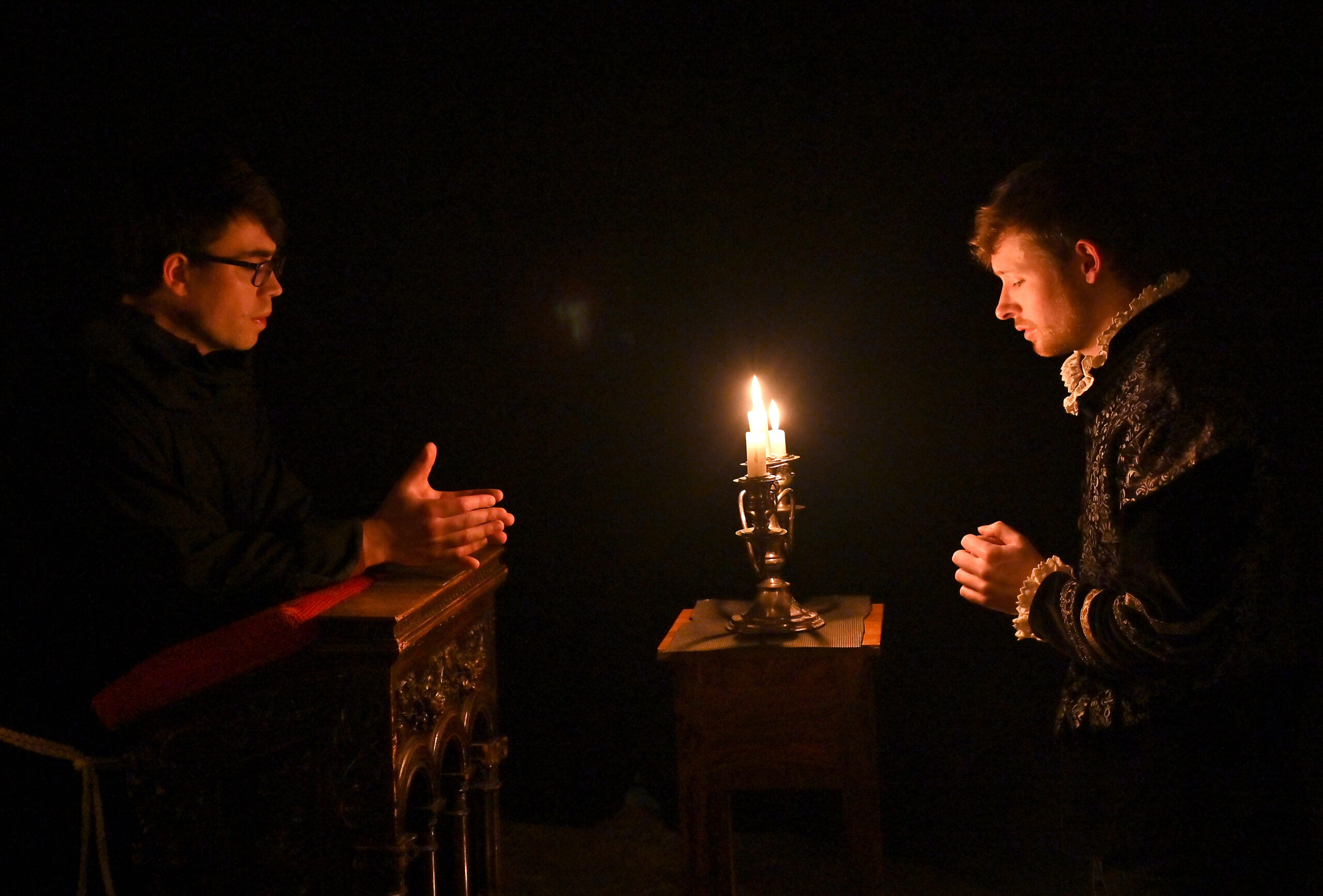
Read More

Read More

Read More

Read More

Read More

Read More

Read More

Read More

Read More

Read More

Read More

Read More

Read More

Read More

Read More

Read More

Read More

Read More

Read More

Read More

Read More

Read More

Read More

Read More

Read More

Read More
Read More

Read More

Read More
Read More

Read More

Read More

Read More

Read More
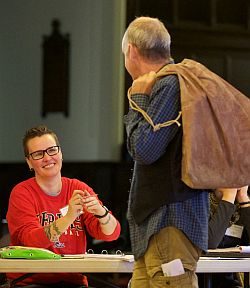
Read More

Read More

Read More

Read More

Read More

Read More

Read More

Read More

Read More
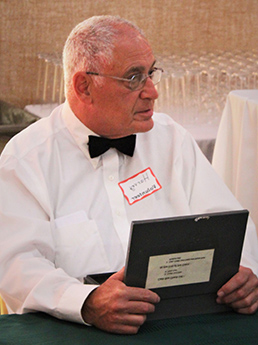
Read More
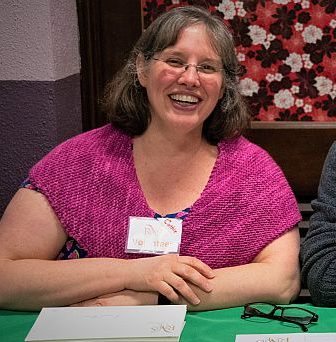
Read More

Read More

Read More

Read More

Read More

Read More

Read More

Read More

Read More

Read More

Read More

Read More

Read More

Read More

Read More

Read More

Read More

Read More

Read More
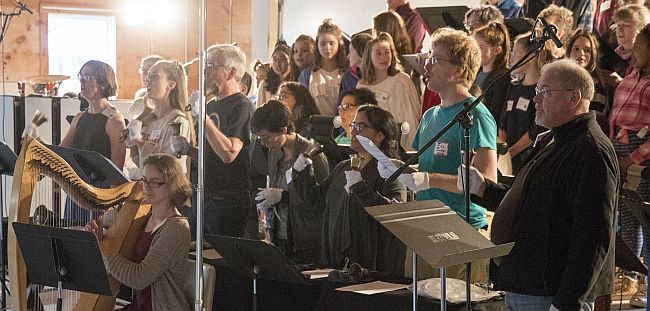
Read More

Read More

Read More

Read More
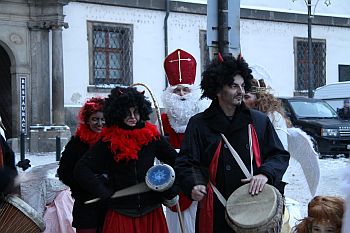
Read More

Read More

Read More

Read More
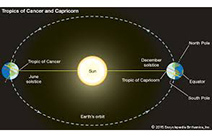
Read More

Read More

Read More

Read More

Read More

Read More

Read More

Read More

Read More

Read More

Read More

Read More
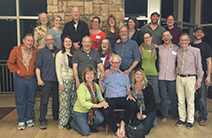
Read More

Read More

Read More

Read More

Read More

Read More

Read More

Read More

Read More

Read More

Read More

Read More

Read More
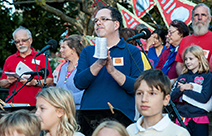
Read More
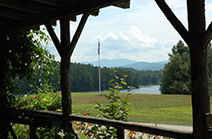
Read More

Read More

Read More

Read More

Read More

Read More
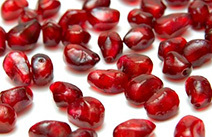
Read More

Read More
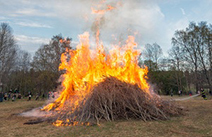
Read More

Read More

Read More
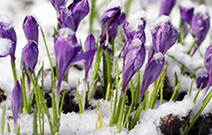
Read More

Read More

Read More
